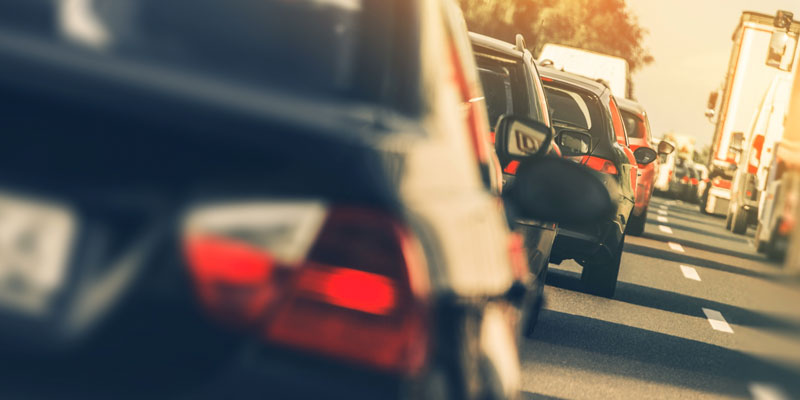During Prohibition, New York City was flooded with speakeasies. Underground clubs thumped to the rhythm of of the Jazz Age, fueled by illegal liquor. Today, Prohibition is over and the music has changed, but 25 percent of liquor bottles are still being smuggled in from out of state.
Smuggled liquor has cost New York around $1 billion in lost tax revenue in the past 15 years, the New York business magazine Crain’s estimates in a story about illegal booze and cigarettes.
Alcohol smuggling has become an increasingly large problem since 2000 as the country as a whole consumes more and more liquor (the Distilled Spirits Council of the United States found that liquor sales across the country increased by 106 percent).
Ironically, New York Gov. Andrew Cuomo has been relaxing many of the state’s alcohol laws. Over the past five years, Cuomo’s administration passed laws to allow alcohol sales earlier on Sunday. He also reduced fees for wineries, distilleries, and breweries; three times the number of licensed alcohol producers opened in the state.
“New York’s burgeoning craft beverage industry has served as an economic generator for communities across the state and with this legislation, we are building on that progress,” Cuomo said in a press release. “By cutting red tape, breaking down artificial barriers and rolling back arcane and burdensome regulations, we are setting the stage for this industry’s continued resurgence and future growth.”
But while Cuomo was focused on the state-produced craft market, the broader liquor market turned to smuggling.
New York City’s modern smuggling problem started in the 1930s with legislation that required a middleman between producers and retail in an effort to lessen the influence of organized crime. The middlemen themselves became corrupt, offering illegal incentives to their top clients for discounted sales. In 2006, former New York Attorney General Eliot Spitzer put an end to the middlemen, but smuggling took the place of illegal discounts and incentives to keep profits high.
Liquor importers in the city can save tens of thousands of dollars every year by driving down to Maryland, where the tax on liquor is $1.50 per gallon, bringing it back into New York, where the liquor tax is $7.44.
Released federal court documents obtained by CRAIN’S tell the smuggling story of Bin Luo, owner of Sam Liquors, and Bao Zheng, owner of Bao Liquors. The two men took a Chevrolet Suburban to Maryland and bought 62 cases of Smirnoff and Jameson from a Maryland retailer for about $13 a bottle, which saved them some $850 in liquor taxes. The practice continued for 13 months, bringing the total amount of evaded taxes up to $30,000. Both men pleaded guilty to wire fraud.
The Empire State isn’t in the middle of Gatsby level corruption, and the thirsty population doesn’t entirely depend on mobsters for their liquid fix anymore. Smuggling, however, is alive and well, which perhaps just adds a small layer of authenticity to all those faux New York speakeasies.

